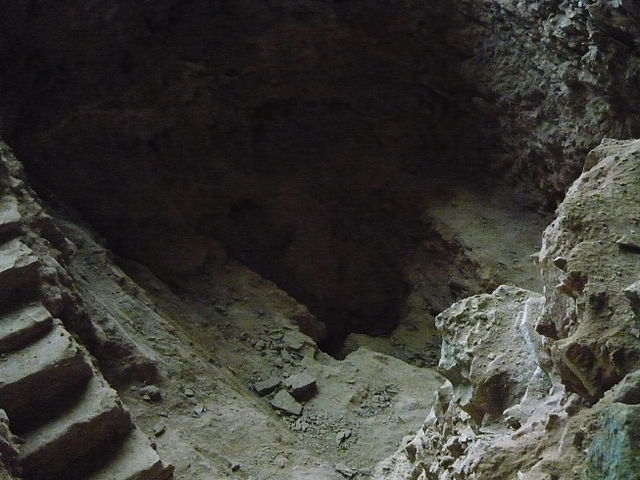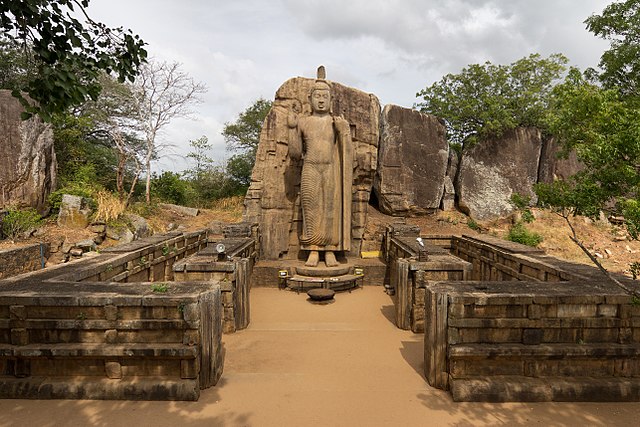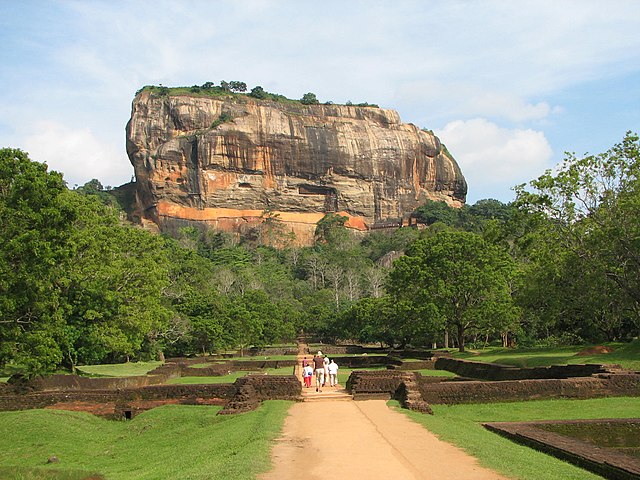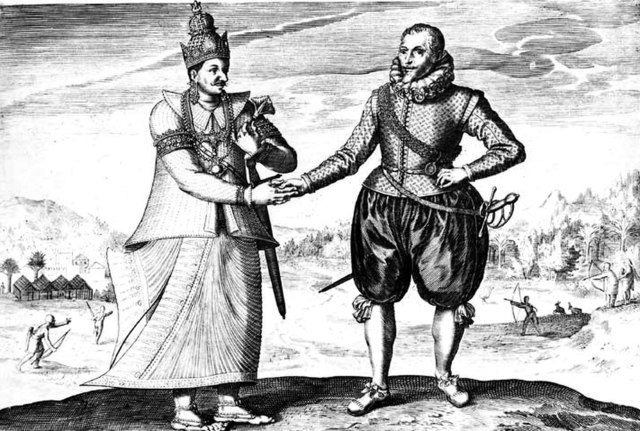Fa Hien Cave, also Pahiyangala Cave, is situated in the district of Kalutara, Western Province, Sri Lanka and according to a rural legend, named after an alleged resident during historical times, namely Buddhist monk Faxian. However, there is no archaeological or historical evidence to support this legend. Nonetheless, the site is of archaeological significance as Late Pleistocene human fossilized skeletal remains were discovered in the cave's sediments during excavations in the 1960s, the 1980s and in 2013. This is the largest natural stone cave in South Asia. 3500 people can stay here at the same time. To see the size of the cave, you have to go inside and look outside. Prehistoric humans have lived here for 35000-60000 years.They used sea fish, salt, and shark teeth as ornaments. This limestone was formed by corrosion over hundreds of thousands of years.
remote view
The cave entry
Pahiyangala archaeological site
Aerial view
Sri Lanka, historically known as Ceylon and officially the Democratic Socialist Republic of Sri Lanka, is an island country in South Asia. It lies in the Indian Ocean, southwest of the Bay of Bengal, separated from the Indian peninsula by the Gulf of Mannar and the Palk Strait. It shares a maritime border with the Maldives in the southwest and India in the northwest.
The Avukana Buddha statue, a 12-metre-tall (39 ft) standing Buddha statue from the reign of Dhatusena of Anuradhapura, 5th century
The Sigiriya ("Lion Rock"), a rock fortress and city, built by King Kashyapa (477–495 CE) as a new more defensible capital. It was also used as a Buddhist monastery after the capital was moved back to Anuradhapura.
The seated image of Gal Vihara in Polonnaruwa, 12th century, which depicts the dhyana mudra, shows signs of Mahayana influence.
A 17th-century engraving of Dutch explorer Joris van Spilbergen meeting with King Vimaladharmasuriya in 1602








